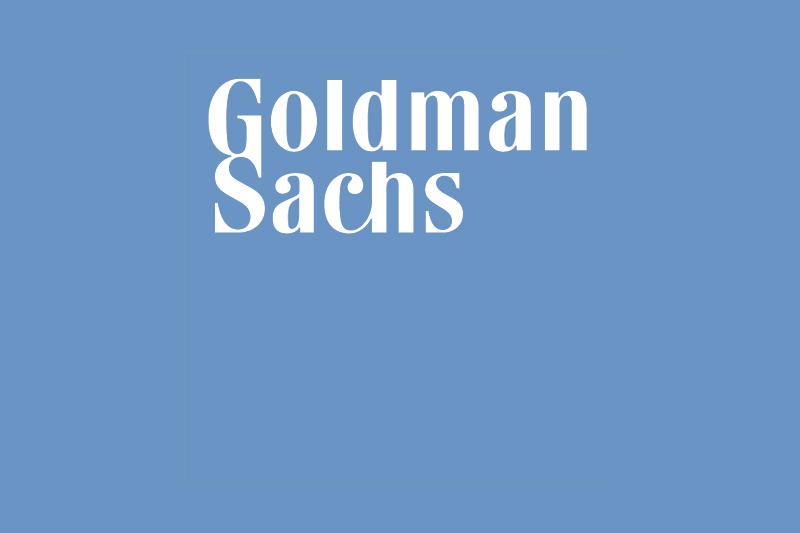Overview
Boeing (NYSE:) Co., a leading aerospace company and the largest manufacturer of commercial jetliners and military aircraft combined, continues to navigate its operational recovery in a complex market landscape. With its commercial jetliners, defense, space, and security systems, Boeing demonstrates resilience despite facing ongoing challenges such as market share loss in the narrowbody jet market, the need for refocusing on engineering excellence and execution, and balance sheet deleveraging. Investor and analyst attention remains heightened amid fluctuations in delivery performance and the broader market dynamics.
Financial Performance and Projections
Analysts maintain a cautiously optimistic financial outlook for Boeing, with a revised earnings per share (EPS) forecast reflecting a loss of -4.58 for fiscal year one (FY1), but an improvement to 3.50 for fiscal year two (FY2), signaling an expected return to profitability. Boeing’s market capitalization has seen recent adjustments, with estimates ranging from approximately USD 94.45 billion to USD 117.4415 billion, indicative of a market that is cautiously weighing the company’s recovery prospects against existing and potential risks.
Production and Delivery Updates
Boeing’s delivery performance remains a focal point in its operational recovery narrative. The company has reported steady delivery performance, managing 24 737s in July, a decrease from June’s 35, but with production trending upwards with an expected increase to 30 rollouts per month for the rest of the year. Additionally, there is a potential resumption of deliveries to China, indicated by increased customer acceptance flights and reactivation of Chinese-designated 737s. Five 787 deliveries in July show an improvement from June, and the company has managed two deliveries of the 787 model in August, following six in July. This reflects the company’s commitment to maintaining production capabilities and meeting market demand.
Market Trends and Competitive Landscape
The aerospace sector’s recovery trajectory sees Boeing navigating competitive pressures from industry rivals such as Airbus, while striving to uphold high standards in execution and quality control. The steady Dreamlifter activity and the incremental improvement in MAX delivery performance are positive indicators of the company’s operational health and its ability to meet market demands, despite the production and quality control challenges that persist.
Analyst Ratings and Price Targets
Boeing’s stock continues to receive a mix of ratings, with an “Equal Weight” rating from Barclays Capital Inc., suggesting a potential upside from recent stock prices which have ranged from USD 153.29 to USD 190.60. BofA Global Research maintains a “Neutral” rating with a current price objective of $200.00 USD, and RBC Capital Markets maintains an “Outperform” rating with a price target of $220.00. The consensus among analysts reflects measured optimism, with a divergence in valuation and a reminder of the importance of thorough research when evaluating Boeing’s investment potential.
Bull Case
The bullish case for Boeing is fortified by:
– The anticipated increase in EPS from FY1 to FY2.
– Expected increase in production rates and deliveries, especially with the resumption of deliveries to China.
– Active Dreamlifter operations and supplier shipments indicating robust supply chain activities.
Bear Case
Conversely, bearish concerns include:
– A negative EPS estimate for FY1 indicating current financial challenges.
– Ongoing challenges with market share and operational execution.
SWOT Analysis
Strengths:
– Boeing’s established market position and brand recognition.
– Improvement in delivery rates and active supply chain management.
Weaknesses:
– Financial fluctuations and a cautious market outlook.
– Reputational issues from historical events and regulatory scrutiny.
Opportunities:
– Rising global air travel demand and market expansion opportunities.
– Diversification into emerging aerospace technologies and services.
Threats:
– Intense competition within the aerospace sector.
– Production and quality control issues leading to delivery delays.
Analysts Targets
– Barclays Capital Inc.: Price Target USD 190.00 (July 25, 2024).
– BofA Global Research: Price Target USD 200.00 (July 30, 2024).
– RBC Capital Markets: Price Target USD 220.00 (August 1, 2024).
InvestingPro Insights
As Boeing Co . strives towards operational recovery and financial stability, real-time data from InvestingPro offers critical insights into the company’s current market position. According to InvestingPro, Boeing’s market capitalization stands at 96.31 billion USD, reflecting the market’s assessment of the company’s value in light of its ongoing challenges and recovery efforts.
InvestingPro Data highlights a negative P/E ratio of -27.8, which worsens to -33.94 when adjusted for the last twelve months as of Q2 2024. This metric underscores the company’s current lack of profitability and the challenges it faces in turning its financial performance around. Furthermore, Boeing’s gross profit margin for the same period is reported at 10.46%, which aligns with the “InvestingPro Tip” that Boeing suffers from weak gross profit margins.
One of the “InvestingPro Tips” also points out that Boeing may have difficulty making interest payments on its debt, which is a crucial consideration for investors as it speaks to the company’s financial health and risk profile. Moreover, the company’s stock price has been quite volatile, trading near its 52-week low and reflecting significant market uncertainty.
For investors seeking more comprehensive analysis, InvestingPro offers additional tips, with a total of 11 “InvestingPro Tips” available for Boeing Co. These tips provide deeper insights into the company’s financial metrics, market performance, and industry standing. Interested readers can find further details on: InvestingPro’s Boeing page.
This article was generated with the support of AI and reviewed by an editor. For more information see our T&C.
Read the full article here















